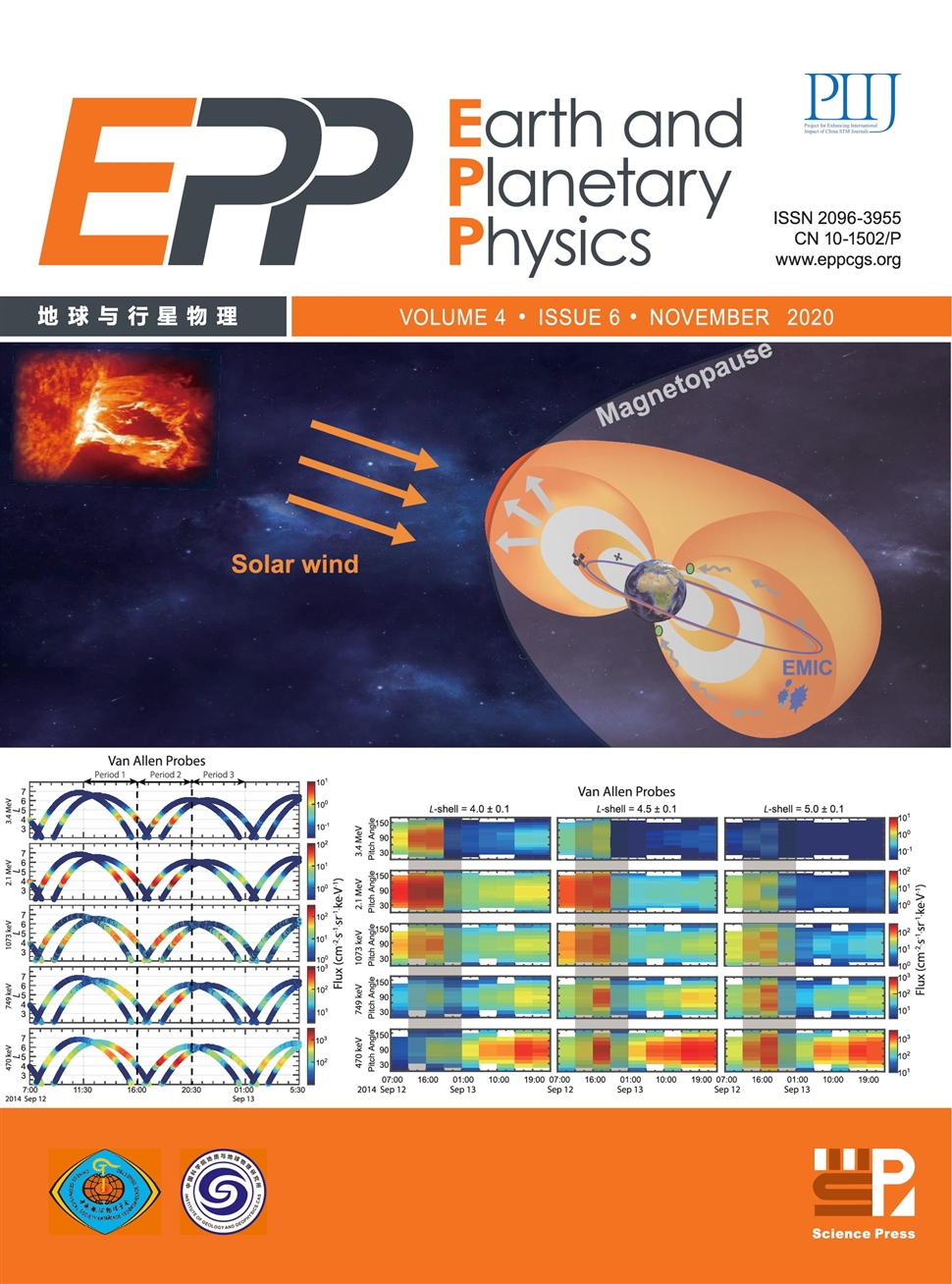Comparison of stratospheric evolution during the major sudden stratospheric warming events in 2018 and 2019
作者:Zheng Ma,Yun Gong,ShaoDong Zhang,JiaHui Luo,QiHou Zhou,ChunMing Huang,KaiMing Huang
摘要:Using Modern-Era Retrospective analysis for Research and Applications,Version 2(MERRA-2)data in the northern hemisphere at the 10 hPa level,we compared the stratospheric evolution of temperature and geopotential height during two major sudden stratosphere warming events(SSWs)that occurred in the Arctic winter of 2018 and 2019.In the prewarming period,poleward temperature-enhanced regions were mainly located around 120°E with a displaced vortex and around 120°E and 60°W with splitting vortices.The evolution of geopotential height indicated that these temperature-enhanced regions were both on the western side of high-latitude anticyclones.In the postwarming period,the polar vortex turned from splitting to displacement in the 2018 SSW but from displacement to splitting in the 2019 SSW.Both transitions were observed over the Atlantic region,which may have been caused by anticyclones moving through the polar region.Our findings revealed that the evolution of the anticyclone is important during SSWs and is closely related to temperature-enhanced regions in the prewarming periods and to transitions of the polar vortices in postwarming periods.
发文机构:School of Electronic Information State Key Laboratory of Space Weather Key Laboratory of Geospace Environment and Geodesy State Key Laboratory of Information Engineering in Surveying Electrical and Computer Engineering Department
关键词:suddenstratospherewarmingtransitionsofthepolarvortexANTICYCLONEAtlanticregion
分类号: P73[天文地球—海洋科学]
- Inertial gravity waves observed by a Doppler wind LiDAR and their possible sources
- Anomaly distribution of ionospheric total electron content responses to some solar flares
- Editorial Committee of Earth and Planetary Physics
- Mars Ion and Neutral Particle Analyzer (MINPA) for Chinese Mars Exploration Mission (Tianwen-1): Design and ground calibration
- The source of tropospheric tides
- Morphology and possible origins of the Perm anomaly in the lowermost mantle of Earth
- Characteristics of the quasi-16-day wave in the mesosphere and lower thermosphere region as revealed by meteor radar,Aura satellite,and MERRA2 reanalysis data from 2008 to 2017
- An ICME impact on the Martian hydrogen corona
- Treatment of discontinuities inside Earth models:Effects on computed coseismic deformations
- Recent investigations of the near-Mars space environment by the planetary aeronomy and space physics community in China


